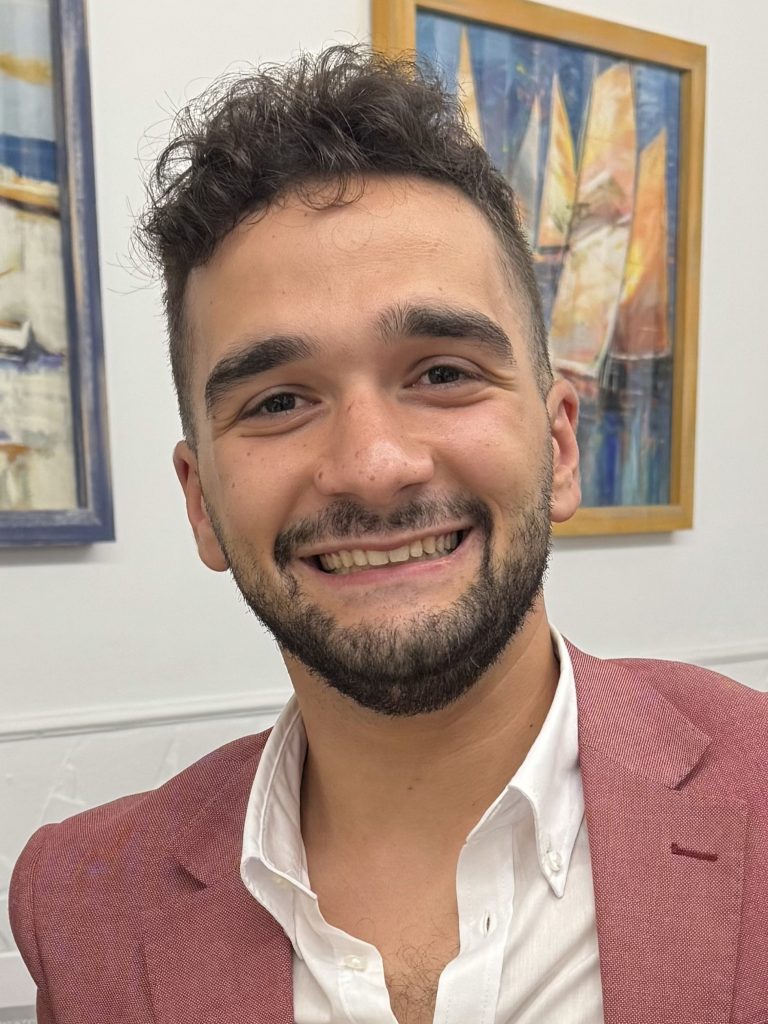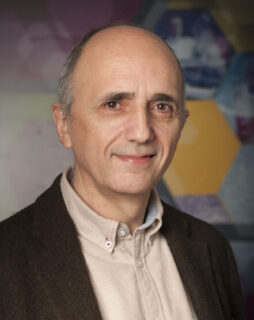About the project
The project aims to decipher how the physicochemical elements of the local intracellular environments (namely macromolecular crowding, surface interactions, and biomolecular condensation mediated by phase separation) affect the molecular interactions and spatiotemporal organization underlying the operation of minimal divisome machines. These studies will contribute 1) to establish how active processes linked to nucleotide hydrolysis control membrane-associated protein phase separation and 2) to decipher the linkages between protein condensation and membrane transformation in crowded cell-like systems.
The project will include secondments at Radboud University (Spruijt), MPICI (Dimova Group), and Tel Aviv University (Sorkin Group), and further optional ones.
Selected References
- Monterroso B, Margolin W, Boersma AJ, Rivas G, Poolman B, Zorrilla S. 2024. Macromolecular Crowding, Phase Separation, and Homeostasis in the Orchestration of Bacterial Cellular Functions. Chem Rev. 124:1899-1949. & Rivas G, and Minton AP. 2022. Influence of nonspecific interactions on protein associations: Implications for biochemistry in vivo. Annu. Rev. Biochem. 91:321-351
- Paccione G, Robles-Ramos MÁ, et al., Zorrilla S, Monterroso B, Rivas G. 2022. Lipid surfaces and glutamate anions enhance formation of dynamic biomolecular condensates containing bacterial cell division protein FtsZ and its DNA-bound regulator SlmA. Biochemistry 61:2482-2489
- Monterroso B, Robles-Ramos MÁ, Zorrilla S, Rivas G. 2021. Reconstituting bacterial cell division assemblies in crowded, phase-separated media. Methods Enzymol. 646:19-49
Doctoral Candidate: Luciano Sicali

Luciano holds a Master’s degree in chemical science, specializing in materials and nanotechnologies. For his final thesis, he studied the interactions between artificial membranes, cholesterol, and amyloid proteins.
After working for three years in a nanotechnology failure analysis laboratory, he is ready to combine his knowledge of lipid biophysics with his experience using instruments such as SEM, TEM, and optical microscopes to study how non-specific interactions, crowding, and biomolecular condensation guide cell division using a bottom-up approach.
Hosted by:
Germán Rivas
CIB Margarita Salas, Spanish National Research Council (CSIC), Madrid, Spain
Department of Molecular and Cellular Biosciences
https://www.cib.csic.es/research/cellular-and-molecular-biosciences/systems-biochemistry-bacterial-division

